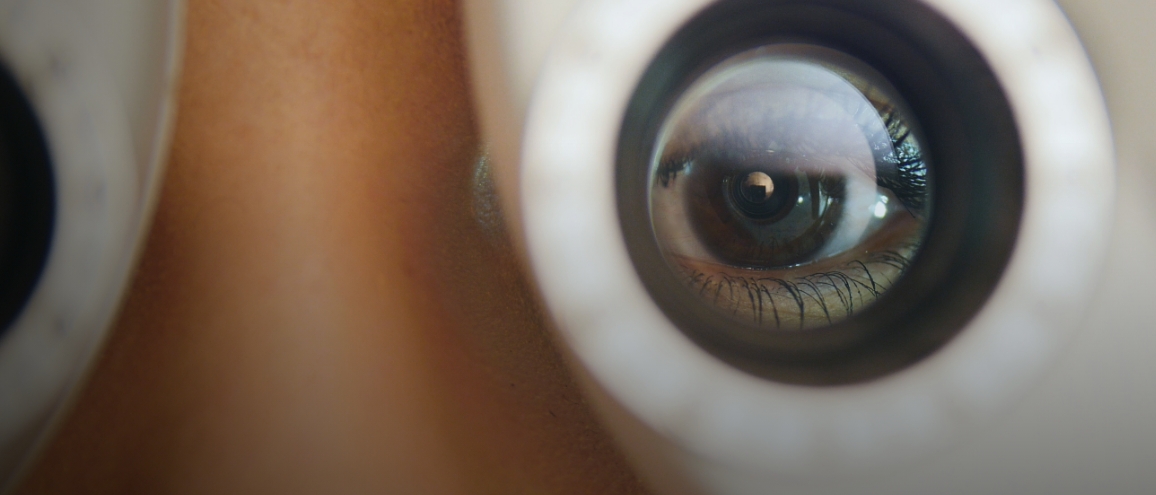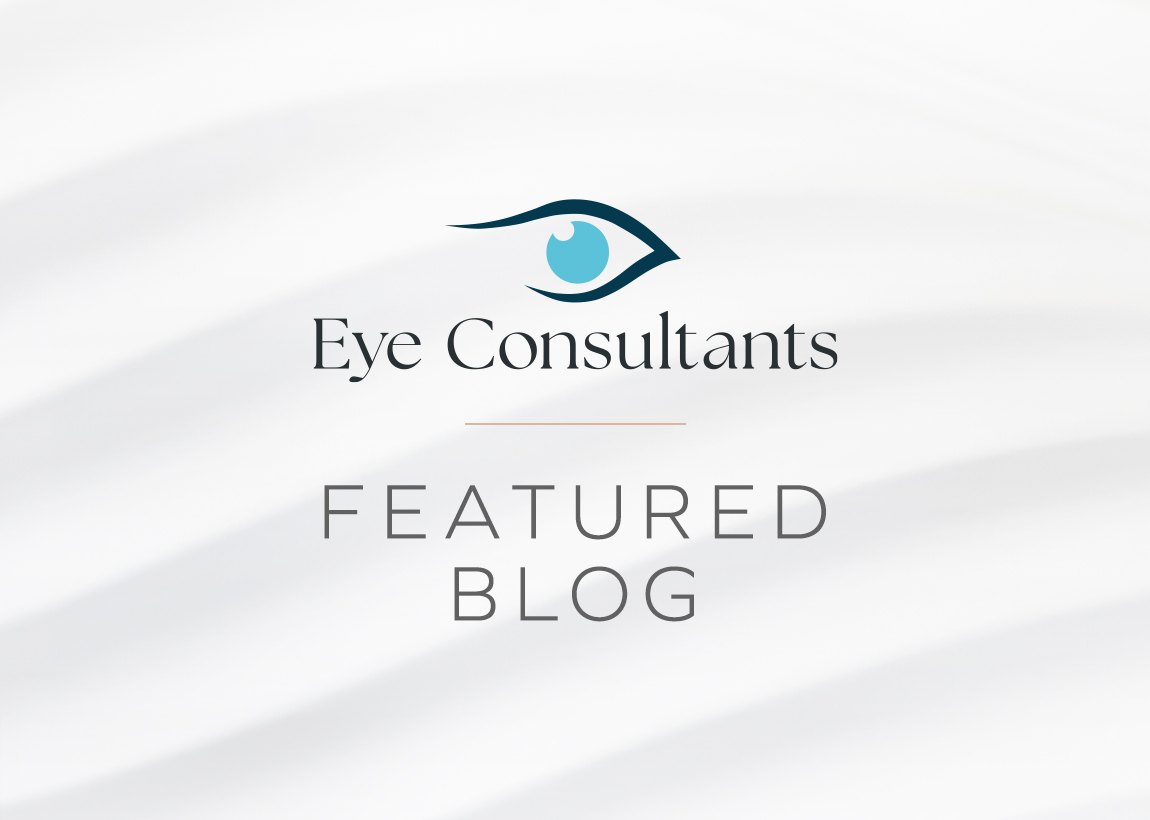At what stage should cataracts be removed?
Can a cataract be removed too early?
Can you have cataract surgery in one eye only?
How long does it take to recover from cataract surgery?
What is the average age for cataract surgery?
What is the success rate of cataract surgery?
What kind of sedation is used for cataract surgery?
What should I avoid after cataract surgery?
How can I prepare for cataract surgery?
Are you awake during cataract surgery?
Are IOLs needed after all cataract surgeries?
What are the different types of IOLs?
Will I still need glasses if I have IOLs?
What are the most popular lens types?
How long does an intraocular lens last?
Does insurance cover IOLs?
How do IOLs correct astigmatism?
Can I change the type of intraocular lens that I have?
How long does it take to recover after cataract surgery?
How big are intraocular lenses?
Are contact lenses better than glasses?
Can I take a nap with contacts in?
What happens if you cry with contacts in?
How much do contacts cost?
Who cannot wear contact lenses?
How often do you need to replace your contacts?
Does insurance cover contacts?
What is the difference between daily and monthly contacts?
What happens if I accidentally leave my contacts in overnight?
Is it OK to wear contacts every day?
How long should punctal plugs stay in?
What are the disadvantages of punctal plugs?
What are the advantages of therapeutic contact lenses?
What determines if contact lenses are medically necessary?
What are the side effects of BlephEx?
Is BlephEx treatment worth it?
Is meibomian gland damage permanent?
What worsens meibomian gland dysfunction?
Who should not receive OptiLIGHT IPL?
What are the side effects of OptiLIGHT IPL?
What precautions should be taken during Restasis?
How long does it take for Xiidra to start working?
How long are eyes blurry after Xiidra?
How long does it take for Vevye eye drops to work?
Can you use too much Cequa?
Can I keep Cequa in the fridge?
Should I avoid shaking Tyrvaya?
What are the side effects of Tyrvaya?
How long does it take for serum tears to work?
How much Vitamin D should I take daily for dry eyes?
What is a retinal disease?
Can retinal diseases be cured?
How are retinal diseases treated?
Can a damaged retina heal itself?
What happens if retinal disease is left untreated?
How does an optometrist test for retinal damage?
Does insurance cover retinal damage?
Can vision be restored after retinal damage?
What are the most common retinal diseases?
What should I avoid doing if I have retinal damage?
What is a Light Adjustable Lens?
How does a Light Adjustable Lens improve vision?
How many adjustment sessions are usually needed?
What can I expect during the recovery period after cataract surgery?
Why is it important to protect my eyes from UV light after surgery?
Can a Light Adjustable Lens help with both near and far vision?
Are the vision adjustments permanent?
Who is a good candidate for a Light Adjustable Lens?
What are the benefits of choosing a Light Adjustable Lens?
How do I learn if a Light Adjustable Lens is right for me?
Are you awake during glaucoma surgery?
Will glaucoma surgery improve my vision?
Who performs glaucoma surgery in Delaware?
Does insurance cover glaucoma surgery?
How much does glaucoma surgery cost?
How is glaucoma surgery performed?
Is glaucoma surgery safe?
What does glaucoma surgery do?
What is the recovery of glaucoma surgery like?
How long does glaucoma surgery take?
What are the common side effects of glaucoma surgery?
Can surgery help reduce or stop the need for glaucoma drops?
When can I drive again after glaucoma surgery?
What should I avoid after glaucoma surgery to heal properly?
What is a trabeculectomy, and when is it recommended for glaucoma?
What is a tube shunt (glaucoma drainage device), and when is it used?
What are the risks or complications of trabeculectomy?
How long does it take to recover after traditional glaucoma surgery?
How can scarring affect the success of glaucoma surgery?
What is a trabeculectomy, and how does it work?
What determines whether a surgeon chooses trabeculectomy versus a tube shunt?
Your medical history, the severity of your glaucoma, and the results you’re looking for will all help your surgeon determine which procedure is right for you. Both are highly effective treatment options to lower intraocular pressure.
Will I need glaucoma medications after surgery?
How often should glaucoma patients be checked?
What are the guidelines for glaucoma screening?
How long does a glaucoma evaluation take?
What should I avoid before a glaucoma screening?
How quickly does glaucoma progress?
What are the screening methods for glaucoma?
Can you drive after a glaucoma test?
What symptoms arise with glaucoma?
How long does a glaucoma visit take?
How is glaucoma diagnosed?
What are the first symptoms of glaucoma?
Can glaucoma be cured if caught early?
How long can you have untreated glaucoma before you go blind?
What should I avoid if I have glaucoma?
Who is able to diagnose glaucoma?
Can glaucoma go away on its own?
Who is at a higher risk of glaucoma?
Can you drive with glaucoma?
How is glaucoma treated?
What vision changes should I expect with glaucoma, even after MIGS?
Can early MIGS treatment really slow glaucoma?
How long can my glaucoma stay stable after MIGS?
Should I change my daily habits after MIGS to manage eye pressure?
Who manages my glaucoma care if I get MIGS at your practice?
Can glaucoma get better without treatment?
Am I at higher risk if glaucoma runs in my family, and could MIGS help?
Can I still drive safely after MIGS for glaucoma?
What MIGS and other treatment options are best for me?
How often do I need follow-up visits after MIGS?
Do seniors have to take a driving test?
At what age do most seniors stop driving?
How do I know when my elderly parent should stop driving?
What is the most common vision problem experienced by the elderly?
How do age-related vision changes affect driving?
At what vision are you not allowed to drive?
How does old age affect driving ability?
What changes in vision that occur with aging make night-time driving unsafe for the elderly?
What is the new rule for senior drivers?
What are the best glasses for driving with macular degeneration?
How soon can I drive after diabetic eye screening?
How often should diabetics get their eyes checked?
Is a diabetic eye exam considered preventive?
What is the difference between a diabetic eye exam and a regular eye exam?
How does diabetic vision differ from normal vision?
What occurs during a diabetic eye exam?
How should I prepare for a diabetic eye exam?
What should I expect directly after a diabetic eye exam?
What does diabetic eye screening involve?
What is the advantage of diabetic eye screening?
What is a routine eye test?
How often do you need a routine eye exam?
What does a routine eye exam involve?
Does a routine eye exam include dilation?
Is it better to have an optometrist or an ophthalmologist do your routine eye exam?
How do I prepare for a routine eye exam?
How long does a routine eye exam take?
Can I drive after a routine eye exam?
What is a routine eye exam checking for?
How much does an eye exam cost without insurance?
What vision changes should I expect with glaucoma?
Can early treatment really slow glaucoma?
How long can glaucoma stay stable with care?
Should I change my daily habits to manage eye pressure?
Who manages my glaucoma care at your practice?
Can glaucoma improve without treatment?
Am I at higher risk because of my family history?
Can I still drive safely with glaucoma?
What treatment options are available for glaucoma?
How often do I need follow-up visits?
How often should I have my eye pressure checked if I have glaucoma?
Do I have to use glaucoma eye drops for the rest of my life?
What can I expect during my glaucoma follow-up visits?
How do glaucoma medications help protect my vision?
When should I consider surgery instead of continuing with medication?
Can smoking or alcohol affect glaucoma treatment outcomes?
Can glaucoma treatments stop the disease from getting worse?
What are the benefits of laser treatments like SLT or laser iridotomy?
How do I know if my current glaucoma treatment is still effective?
Are there lifestyle or health factors that can affect my glaucoma?


Contact Us Today
Your health is our top priority and we look forward to assisting you in your eyecare journey. Please call the office at (302) 998-2333 or fill out our contact form to schedule your appointment.
Request Exam
